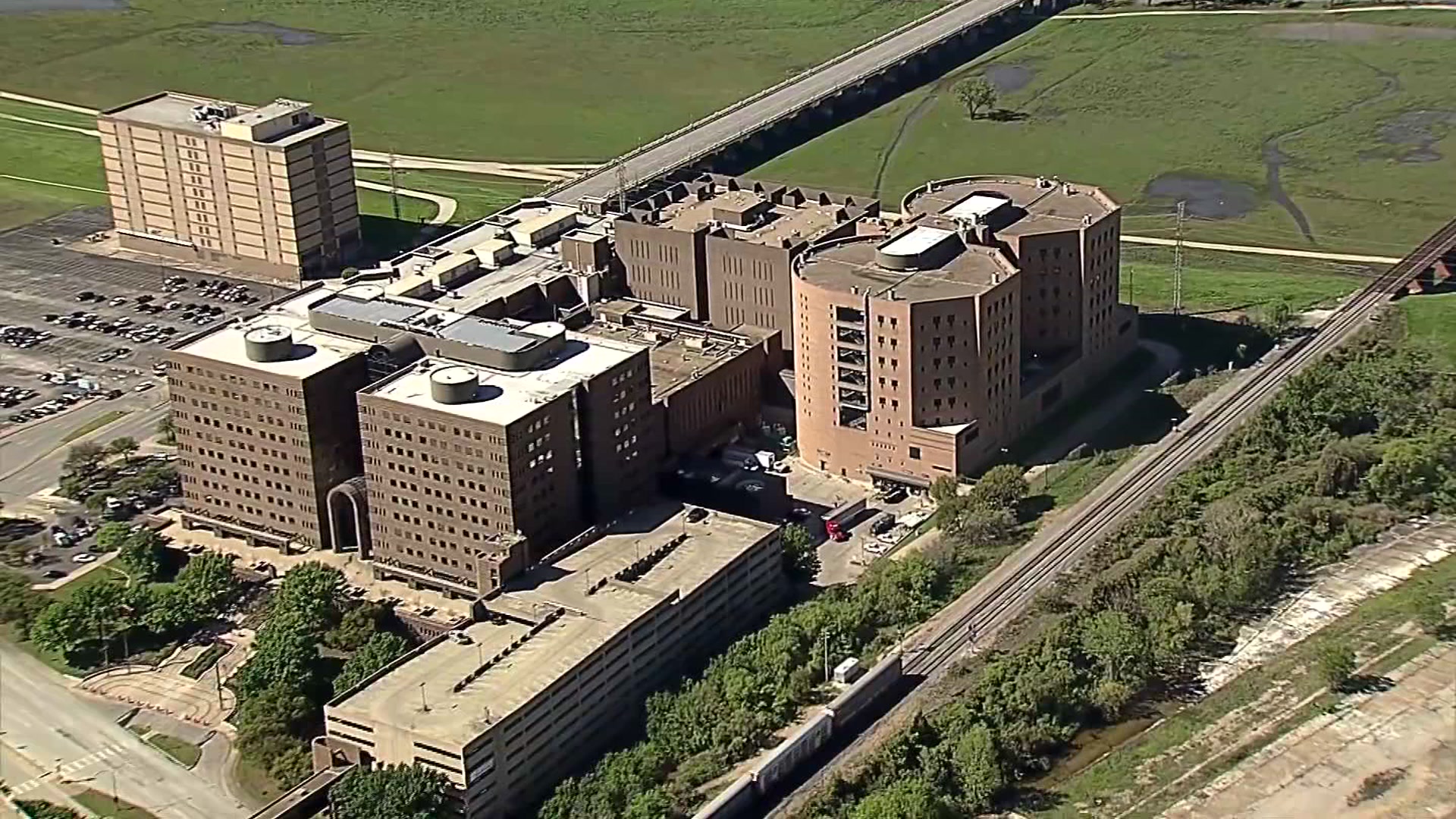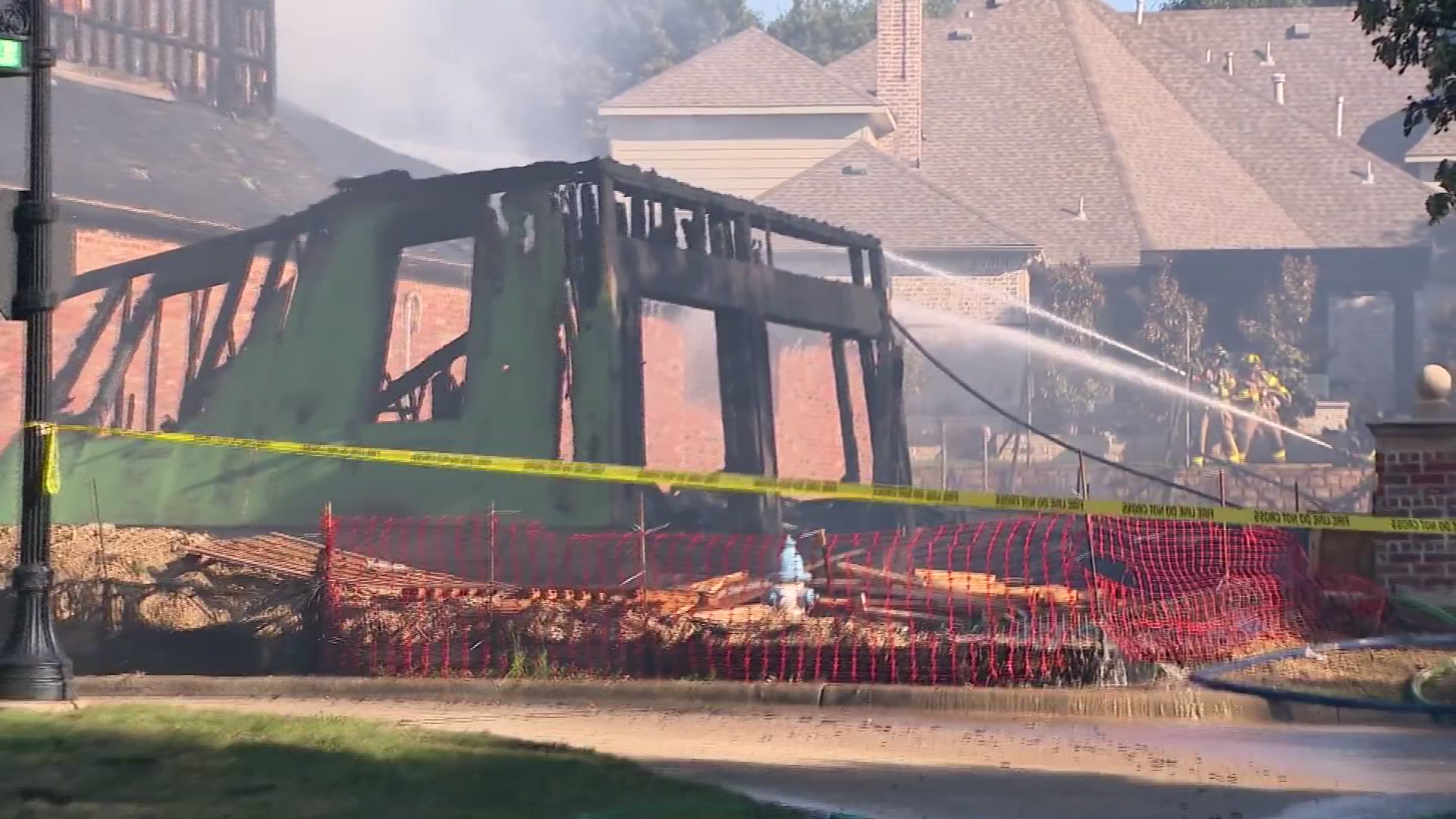Boeing is moving a 787 Dreamliner Thursday from Fort Worth to Everett, Wash.
The Federal Aviation Administration gave the company permission to relocate the plane, which is owned by China Southern and was being painted at Meacham Airport when the planes were grounded last month by battery problems.
Although the battery is being closely monitored, it's not a test flight. The Federal Aviation Administration is still considering a separate Boeing request for 787 test flights.
The flight took off from Meacham at about 9:30 a.m. and landed routinely at about 1 p.m. CT.
NTSB: Plane Batteries Not Necessarily Unsafe
Despite a battery fire in one Boeing 787 Dreamliner and smoke in another, the type of batteries used to power the plane's electrical systems aren't necessarily unsafe -- manufacturers just need to build in reliable safeguards, the nation's top aviation safety investigator said Wednesday.
National Transportation Safety Board Chairman Deborah Hersman said she doesn't want to "categorically" rule out the use of lithium ion batteries to power aircraft systems, even though it's clear that safeguards failed in the case of a Japan Airlines 787 that had a battery fire while parked at Boston's Logan International Airport last month.
Local
The latest news from around North Texas.
"Obviously what we saw in the 787 battery fire in Boston shows us there were some risks that were not mitigated, that were not addressed," Hersman told reporters in an interview. The fire was "not what we would have expected to see in a brand new battery in a brand new airplane," she said.
The board is still weeks away from determining the cause of the Jan. 7 battery fire, Hersman said.
At the same time, Boeing received permission from the Federal Aviation Administration to fly one of its 787s from Fort Worth, Texas, to Everett, Wash., on Thursday. The permission is for a single flight for the purpose of relocating the plane, and is not a test flight, the FAA said in a statement. The FAA is still considering a separate Boeing request to conduct test flights, the agency said.
Boeing Co. spokesman Marc Birtel said that Boeing is still trying to find the cause of the battery incidents. "We are confident -- as is the FAA -- that the 787 is safe to operate for this activity. Safety of the crew on board is our top priority," he said in a statement.
The 787 is the first airliner to make extensive use of lithium batteries. Aircraft makers view lithium batteries, which are lighter and can store more energy than other types of batteries of an equivalent size, as an important way to save on fuel costs. The Airbus A350, expected to be ready next year, will also make extensive use of lithium ion batteries. Manufacturers are also looking to retrofit existing planes, replacing other types of batteries with lithium ion.
But lithium batteries are more likely to short circuit and start a fire than other batteries if they are damaged, if there is a manufacturing flaw or if they are exposed to excessive heat.
Investigators are also looking into the special conditions the FAArequired Boeing to meet in order to use lithium ion batteries to power the 787's electrical systems, she said.
A government-industry advisory board that works closely with the FAA issued testing standards for lithium batteries used in aircraft operations several months after the agency had approved a separate testing regime for the 787's batteries.
"What happens is that when an aircraft is certified it basically gets locked into the standards that were in existence at the time," Hersman said. Oftentimes, tougher standards will come along later, but aren't applied to already-approved aircraft designs. "Those are issues we do look at regularly in our investigations and it is something I'm sure we will be focusing on with the battery," she said.
Investigators have been working very closely with the FAA on a review the agency has under way of its sanctioning of the 787's certification for flight, Hersman said. The FAA awarded the certification in August 2011.
"We are evaluating assessments that were made, whether or not those assessments were accurate, whether they were complied with and whether more needs to be done," she said. "I think that is important before this airplane is back in the air, to really understand what the risks are and that they're mitigated effectively."
Nine days after the battery fire in Boston, another battery overheated on an All Nippon Airways 787, leading to an emergency landing in Japan. The same day, FAA officials ordered U.S. carriers with 787s -- there's only one, United Airlines, with six planes -- to ground the planes. Aviation authorities in other countries swiftly followed suit. In all, 50 planes operated by seven airlines in six countries are grounded.
The 787 is Boeing's newest and most technologically advanced plane. The groundings have become a nightmare for the company, which has about 800 Dreamliner orders from airlines around the globe.
Boeing was already spending more money on each 787 it built than it collected from airlines who bought it. On Wednesday, UBS analyst David Strauss estimated that Boeing will spend some $6 billion in cash this year on the plane, while an "extended 787 grounding would result in an even bigger cash burn," he wrote.
"As long as (the) 787 remains grounded, Boeing is faced with the choice of either slowing production or building physical inventory. It will build inventory for now," he wrote. Boeing already has about 46 787s that have been built but not yet delivered. Many of those were built early on and require more work before they can be handed over to customers.
Boeing currently builds five 787s per month. After the groundings it reiterated its plans to boost production to 10 per month by the end of the year, and said it planned to deliver at least 60 of the jets this year.



